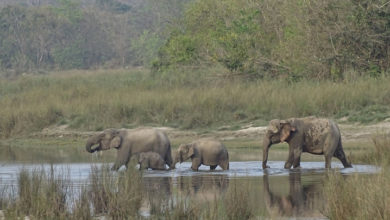Know Nepal
Nestled between Nepal’s snow-capped peaks, temples, treks and sherpas, is a wealth of quirks and little-known facts about this magical travel destination. Know Nepal before you go. The tourist route is more visible with foreign travelers and the Nepalese are easy going. There are many things to know before traveling Nepal and this post will kick off a series of posts about understanding the culture and traveling Nepal.
-
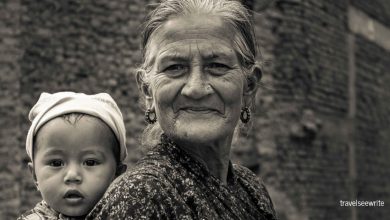
People of Nepal
Meet the friendliest people of Nepal you’ve ever met. Feel their optimism and embrace their genuine warmth. The population of Nepal in 2019 is reportedly 29.7 million. There are about 101 ethnic groups speaking over 92 languages. The distinction in…
Read More » -

Culture of Nepal
The culture of Nepal encompasses the various cultures belonging to the 125 distinct ethnic groups present in Nepal. The culture of Nepal is expressed through music and dance; art and craft; folklore; languages and literature; philosophy and religion; festivals and…
Read More » -
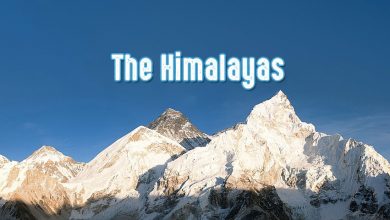
The Himalayas
The Himalayas, the highest, youngest, and the most active continental mountain chain in the world today includes many fascinating geological and tectonic traits, which began to form about 50 million years ago and continue to evolve even today! In this…
Read More » -
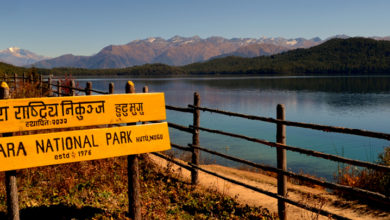
Rara National Park
Rara National Park is a protected area in the Himalayas of Nepal and was established in 1976. Covering an area of 106 km² in the Mugu and Jumla districts. Rara National Park is located in northwest Nepal about 371 km…
Read More » -
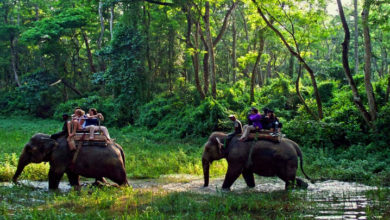
Parsa National Park
Parsa National Park is a protected area in the Inner Terai lowlands of south-central Nepal. It covers an area of 627.39 km² in the Parsa, Makwanpur, and Bara districts. The ranges in altitude from 435 m to 950 m in…
Read More » -
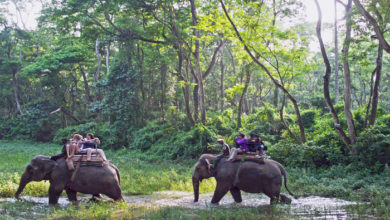
Chitwan National Park
If you want to quench your thirst for nature, Chitwan National Park is the ideal place to go. Nepal’s first and most famous national park is situated in Chitwan. The Park is a world heritage property, and it also contains…
Read More » -
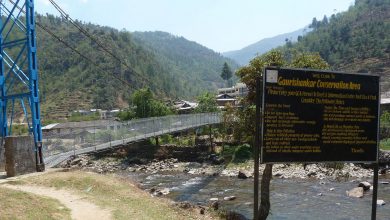
Gaurishankar Conservation Area
The Gaurishankar Conservation Area is located in the northeastern corner of Central Nepal between Langtang and Sagarmatha National Park. It lies on the border of China and from certain areas you can see the mountains in China/Tibet. The name Gaurishankar…
Read More » -
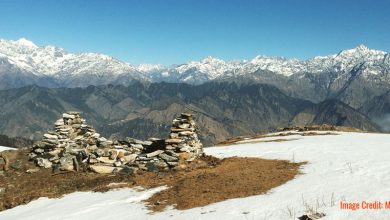
Api Nampa Conservation Area
The Api Nampa Conservation Area is located between 290 30’ to 310 15′ North Latitude and 800 22′ to 810 09′ East Longitude. It is located in the province number 7 of Nepal. It covers 1903 km2 of the Darchula…
Read More » -
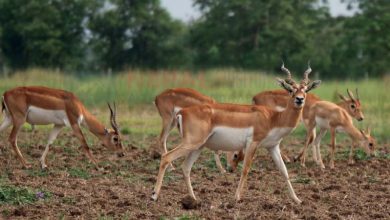
Blackbuck Conservation Area
Khairapur is the only place in Nepal that shelters the almost extinct population of blackbucks locally known as Krishnasar. The Government of Nepal acquired 172 hectares of private land for Krishnasar, which is now known as Krishnasar Conservation Area. The…
Read More » -
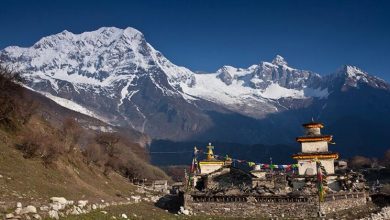
Manaslu Conservation Area
Manaslu Conservation Area is a protected area in Nepal. Established in 1998 it covers 1,663 km² in the Mansiri Himal range of the Himalayas in the Gorkha District. A pristine trekking circuit that allows you to circle Mt. Manaslu, the…
Read More » -
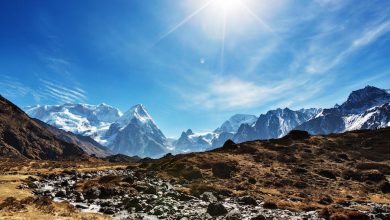
Kanchenjunga Conservation Area
Located in the Taplejung district in the northeast corner of Nepal, Kanchanjunga Conservation is spread over 2,035 sq. km. Situated in the eastern part of Nepal, Kanchenjunga Conservation Area is aimed to protect wildlife and thus building a sustainable ecosystem…
Read More » -
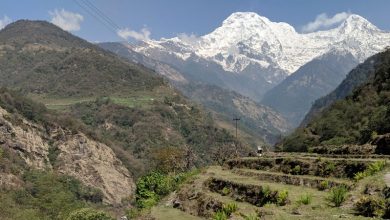
Annapurna Conservation Area
The Annapurna Conservation Area has been established in 1992. It has an area of 7629 sq. km., which is the largest conservation area of Nepal. The Annapurna Conservation Area is the largest by its boundaries covering 7,629km2 (2946 sq. mi)…
Read More » -
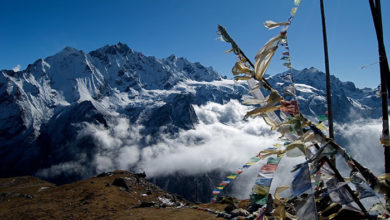
Langtang National Park
Langtang is a region in the north-central Himalayas of the Bagmati province of Nepal. Langtang National Park is indeed nature’s treasure in the lap of Himalayas. The region has some of the most breathtaking treks in Nepal. Plan a trip…
Read More » -
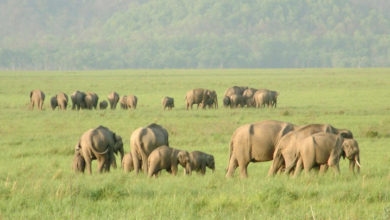
Banke National Park
Established on 12th July 2010. Banke National Park has an area of 550 sq km with a buffer zone of 343 sq km. The national park encompasses parts of Banke, Dang, and Salyan districts of Nepal. It is the 10th…
Read More » -
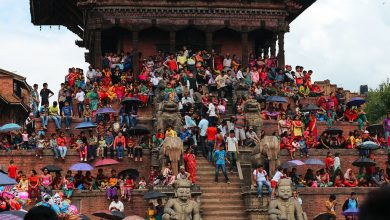
Gai Jatra
The Gai Jatra festival of cows is one of the most popular festivals in Nepal. It is said people in ancient time started worshiping Yamaraj,”the god of death” on this day. Gai Jatra is a festival of dancing, singing, mirth…
Read More » -
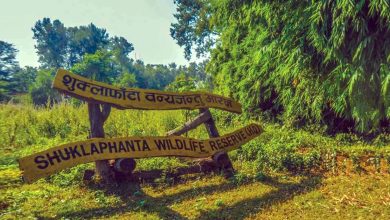
Shuklaphanta National Park
Shuklaphanta National Park is a protected area in the Terai of the Far-Western Region, Nepal. Covering 305 km2 (118 sq mi) of open grassland, forests, riverbeds and tropical wetlands at an altitude of 174 to 1,386 m (571 to 4,547…
Read More » -
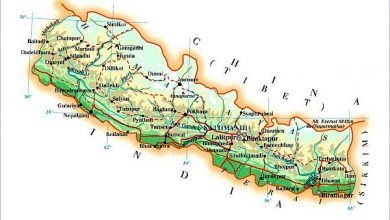
Climate and Rainfall of Nepal.
Nepal has four distinct seasons. Spring, from March to May is warm and dusty with rain showers. Summer, from June to August, is the monsoon season when the hills turn lush and green. Autumn, from September to November, is cool…
Read More » -
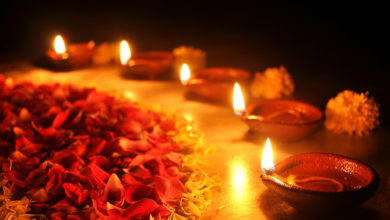
Tihar Festival
After Dashain, Tihar festival is probably Nepal’s second most important festival. The first day of the festival is crow’s day. In the early morning, worshipers bathe either in the Bagmati or some other river. After this the devouts light a…
Read More »


